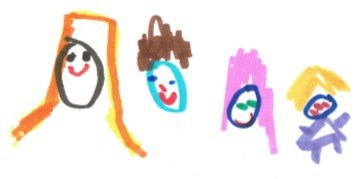Children Differ From Adults
pmm highlights important knowledge about musculoskeletal medicine in children and young people. This is very different to adult practice.
Key points:
- Children are developing - physically, emotionally and psychologically - illness impacts them differently to adults.
- Normal variants in development of young children result in changes that can be mistaken as pathology.
- Patterns of pathology are different in children (compared to adults) and at different ages within childhood (e.g., causes of limp).
- Adolescents appear to be at greater risk of musculoskeletal injury during periods of rapid growth in early puberty.
- Communication with children takes patience and skill - the parent/caregivers often provide the history but it is still important to engage with and include the child (as appropriate to age).
- A young child may not give any verbal history and you have to rely on observations from the parent / caregiver.
- Asking what others have observed (e.g., teachers) can be useful.
- The history may not tell you where the problem is (so you need to examine all joints as part of your general assessment).
- Children may not verbalise pain and non-verbal clues are important (e.g., facial expression, withdrawal and non-usage of a limb).
- Normal musculoskeletal development is important to know as there are different normal ranges of joint movement, differences in leg alignment at different ages and different motor milestones at various ages.
- It is important to know what is normal to be able to identify what is abnormal.


